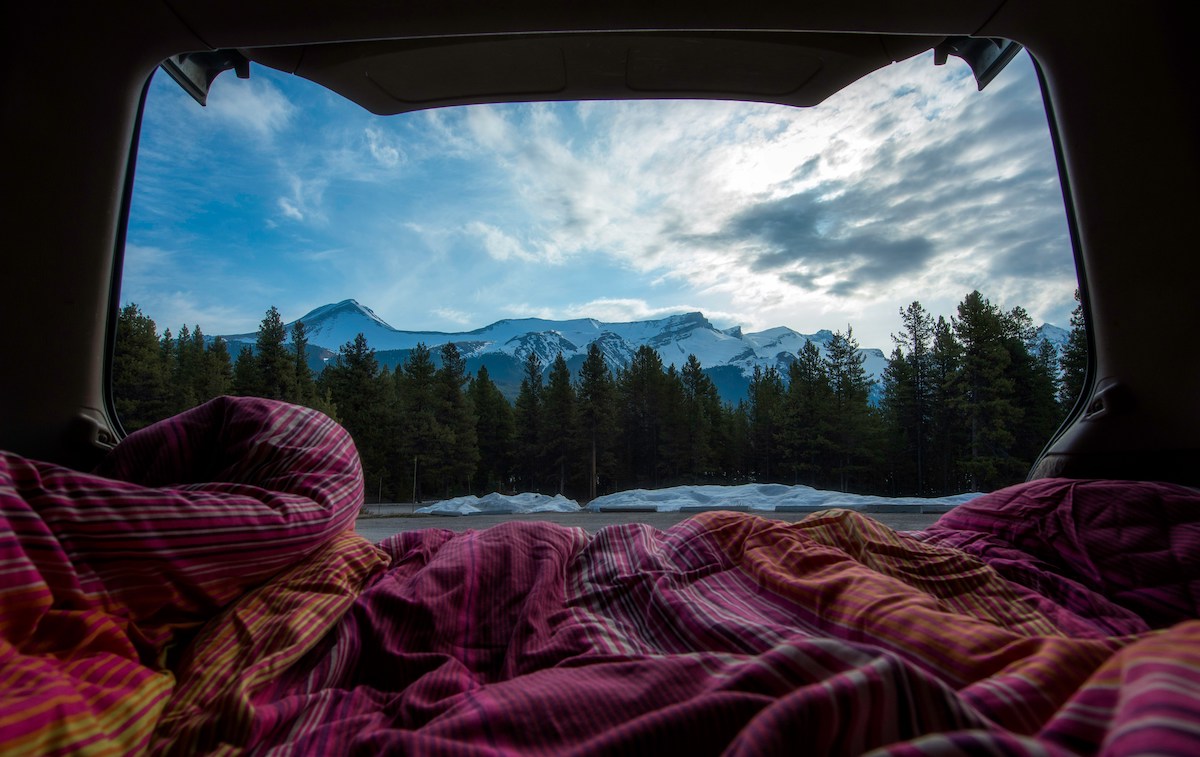Embarking on a journey with a camper van can be an exciting and liberating experience. Whether you’re planning a weekend getaway or a cross-country road trip, having the right features and equipment in your camper van can enhance your adventure and make life on the road more comfortable. In this guide, we’ll explore essential features and equipment that every beginner should consider when outfitting their camper van.
Choosing the Right Camper Van
Before diving into the features and equipment, it’s crucial to select the right camper van for your needs. Consider factors such as size, budget, and intended use. Whether you opt for a compact camper van or a spacious motorhome, ensure it meets your requirements for sleeping capacity, storage, and amenities.
Essential Features
Sleeping Area
One of the primary functions of a camper van is to provide a comfortable sleeping space. Look for a van with a convertible bed or sleeping platform that accommodates your needs. Some camper vans offer fold-out beds, while others have pop-up roofs with sleeping quarters. Consider the size of the bed and whether it can comfortably sleep you and your travel companions.
Kitchenette
Having a functional kitchenette can make meal preparation a breeze while on the road. Look for a camper van equipped with a stove, sink, and refrigerator. Compact models may have a portable cooktop or built-in propane stove, while larger vans may feature a full kitchen with ample counter space and storage.
Bathroom Facilities
While not all camper vans come with built-in bathrooms, having access to restroom facilities is essential for extended trips. Consider vans with onboard toilets and showers or look for models with space to install portable toilets or shower systems. Alternatively, plan your itinerary around campgrounds and rest areas with public facilities.
Equipment and Accessories
Solar Power System
Investing in a solar power system can provide renewable energy to charge your devices and run appliances while off the grid. Solar panels mounted on the roof of the camper van harness sunlight to generate electricity, reducing the need to rely on traditional power sources.
Portable Awning
A portable awning provides shade and shelter from the elements, allowing you to enjoy the outdoors comfortably. Set up the awning outside your camper van to create an outdoor living space for dining, relaxing, or socializing.
Camping Gear
Stock up on essential camping gear to enhance your outdoor experience. Items such as folding chairs, a collapsible table, and a portable grill can make outdoor activities more enjoyable. Don’t forget to pack sleeping bags, pillows, and blankets for a restful night’s sleep.
Navigation Tools
Ensure you have the necessary navigation tools to navigate unfamiliar terrain. Invest in a reliable GPS device or download navigation apps on your smartphone. Consider bringing along physical maps as a backup in case of technology failure or lack of signal.
Safety and Security Features
Fire Extinguisher
Safety should always be a top priority when traveling in a camper van. Keep a fire extinguisher on board to quickly respond to any potential fires or emergencies. Make sure everyone onboard knows how to operate the extinguisher effectively.
First Aid Kit
A well-stocked first aid kit is essential for treating minor injuries and medical emergencies on the road. Include items such as bandages, antiseptic wipes, pain relievers, and emergency medications. Regularly check the kit to ensure supplies are up to date.
Security System
Protect your camper van and belongings with a reliable security system. Install door and window locks to deter potential intruders, and consider investing in a vehicle alarm or GPS tracking device for added security. Park in well-lit areas and avoid leaving valuables visible from outside the van.
Learn about FAQs on van features
[helpie_faq show_title=”1″ title=”Camper Van Equipment FAQ” title_tag=”h3″ show_search=”1″ search_placeholder=”Search FAQ” search_by_tags=”1″ exclude_from_search=”1″ display_mode=”simple_accordion” toggle=”1″ open_by_default=”open_first” faq_url_attribute=”1″ faq_url_type=”post_id” display_mode_group_by=”category” display_mode_group_container=”accordion” sortby=”publish” order=”desc” category_sortby=”publish” category_order=”desc” limit=”-1″ enable_content_hooks=”1″ enable_schema=”1″ onload_scrollto_delay=”0″ categories=”258,257,259,260″]
